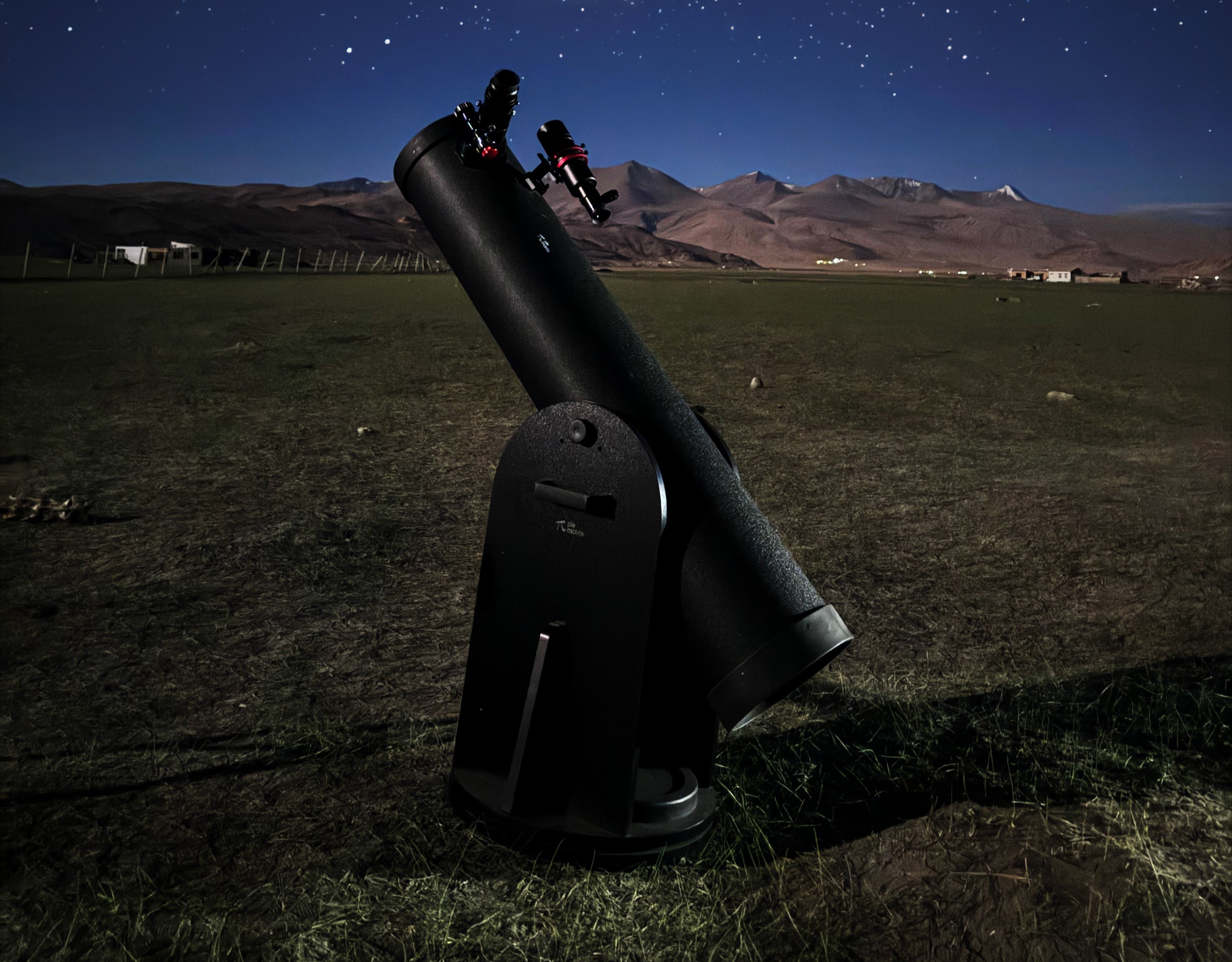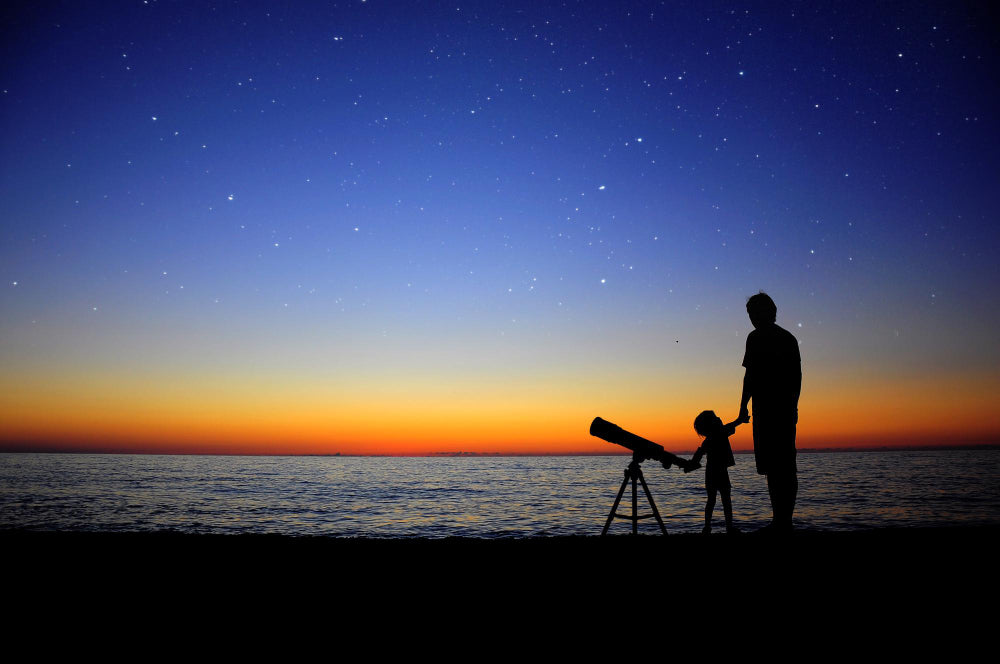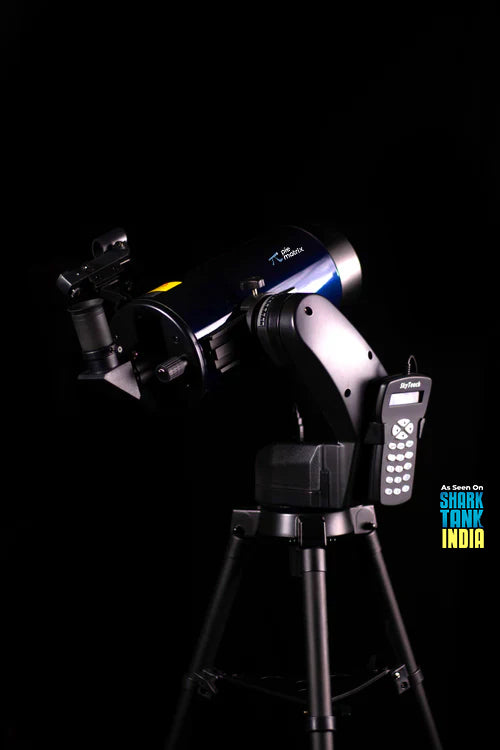
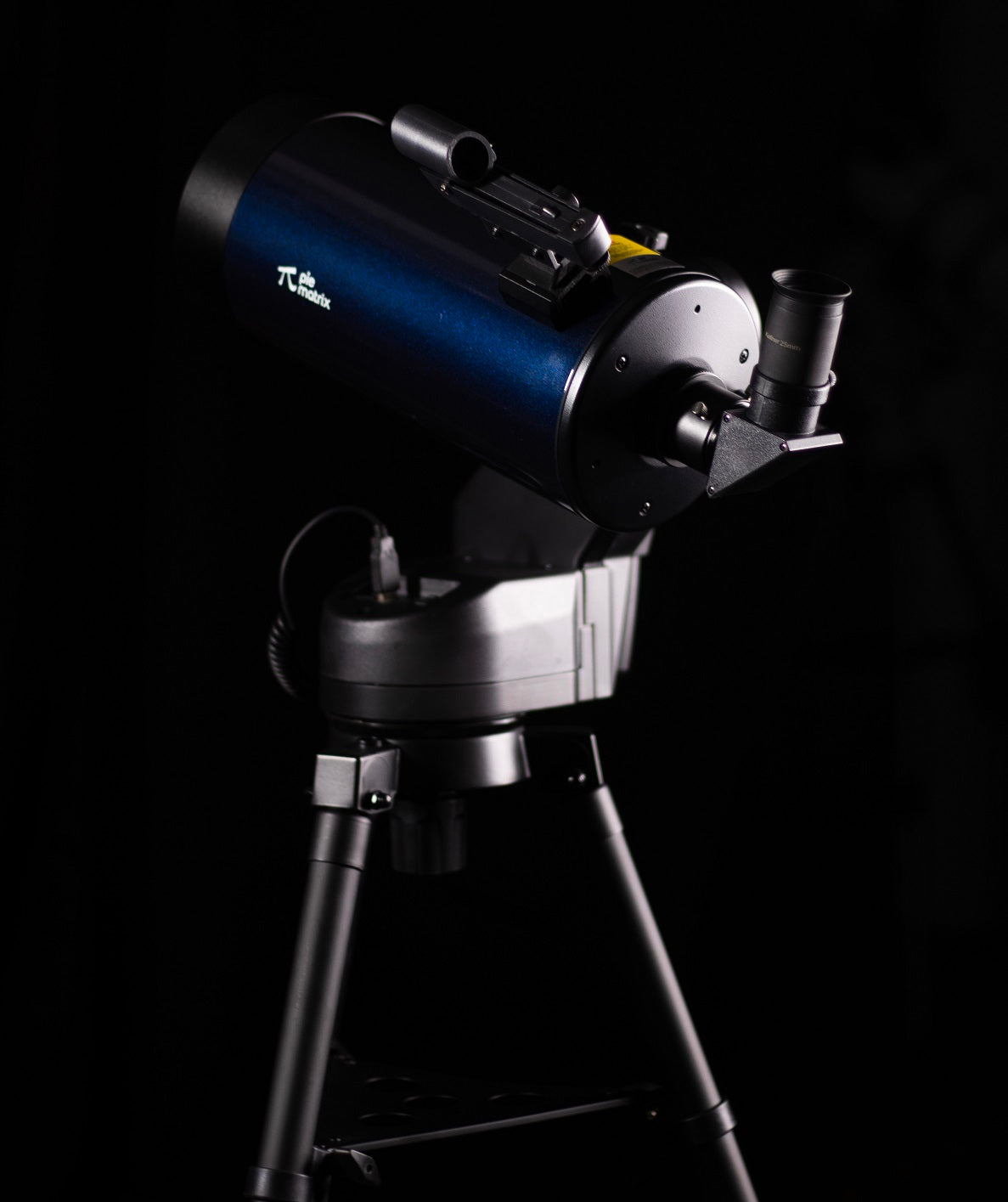
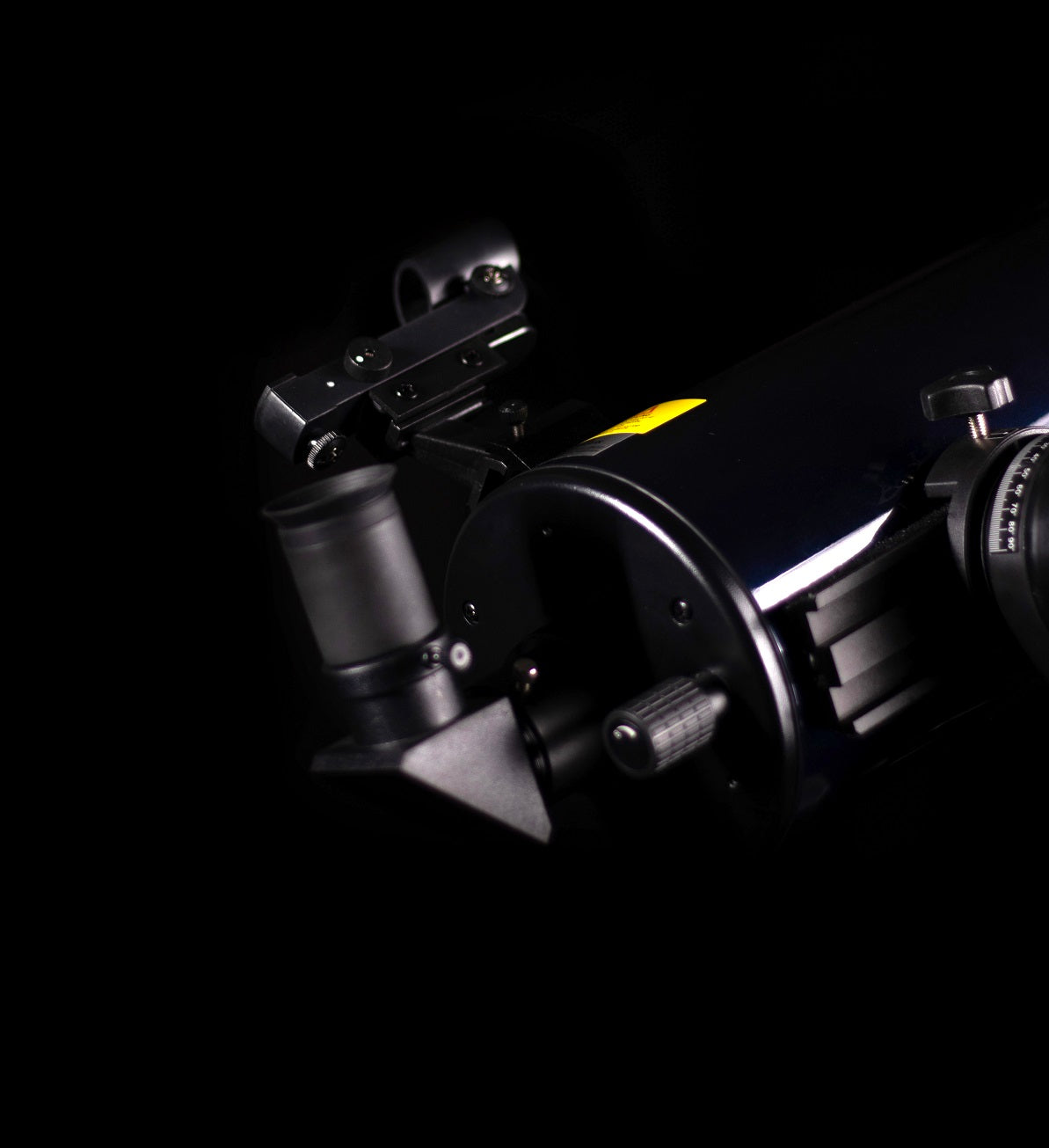

Vega Goto Telescope
Pie Matrix Vega Goto Telescope are very popular and a common choice among beginners in astrophotography. The alignment can be done quickly; it does not require vast knowledge about stars and their position in the sky.

Pairs well with
Explore the Universe’s Most Remarkable Celestial Wonders
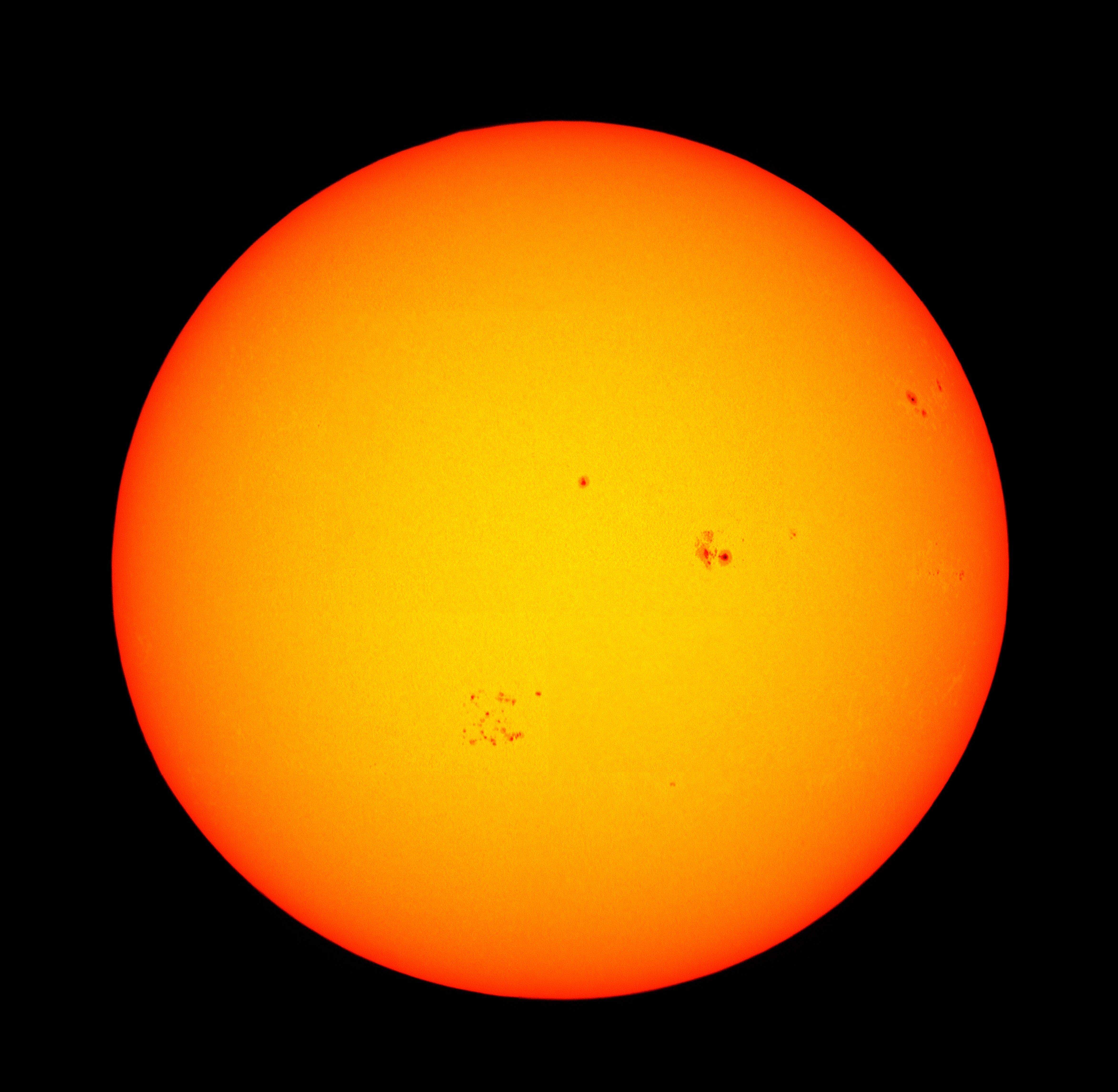
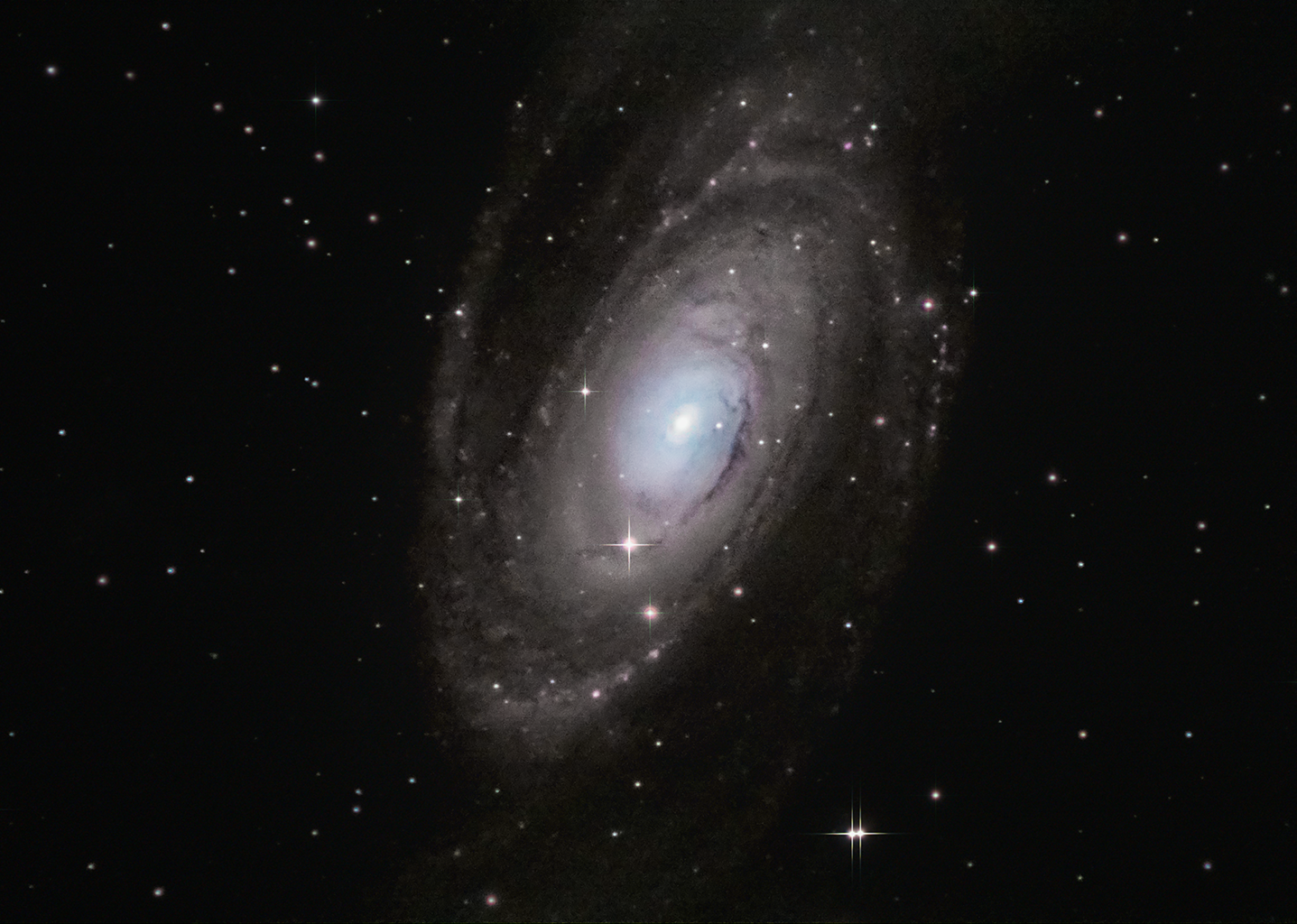
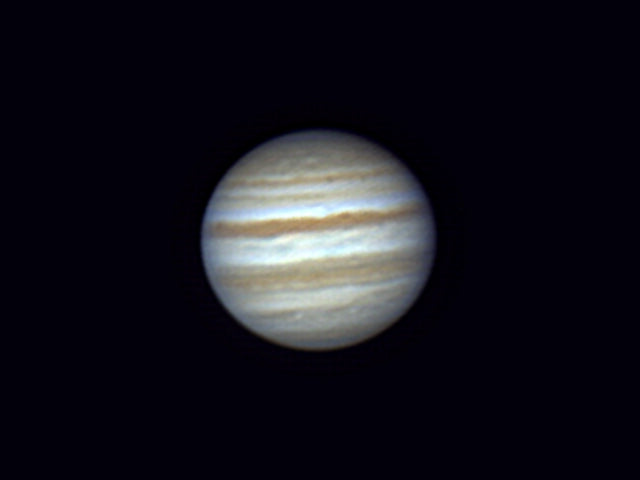
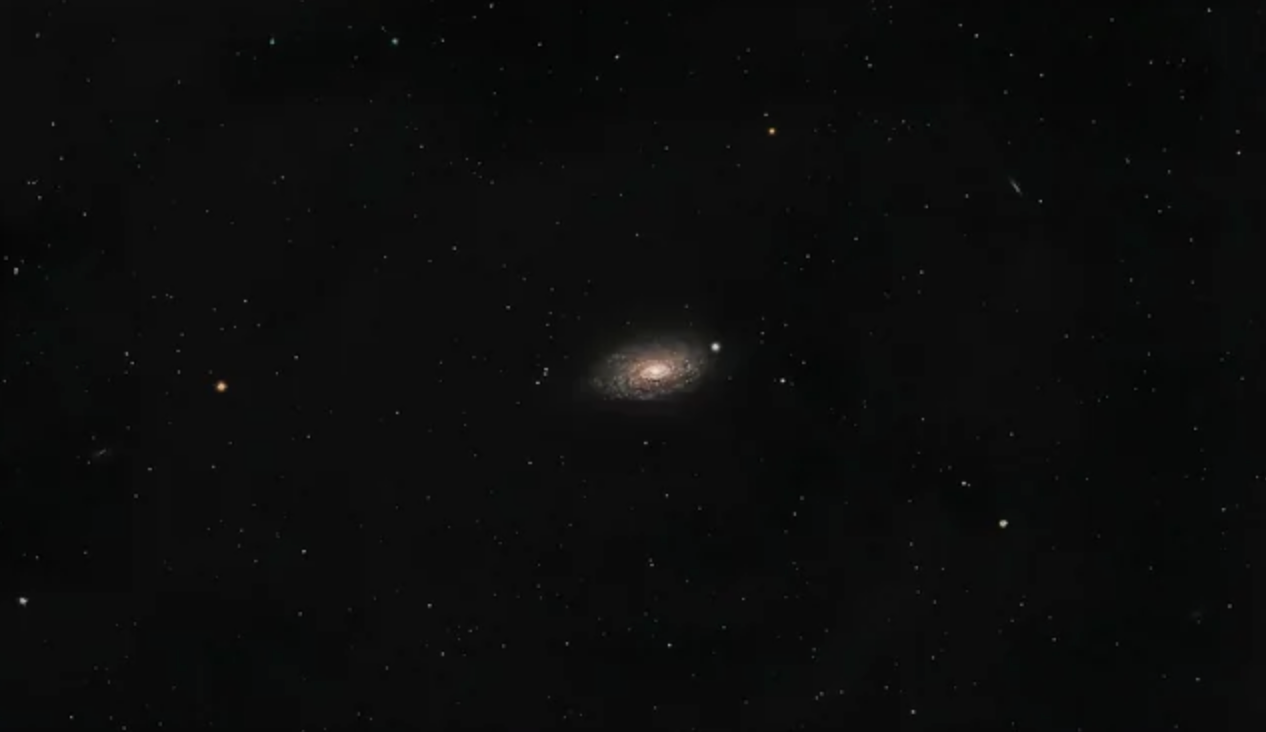
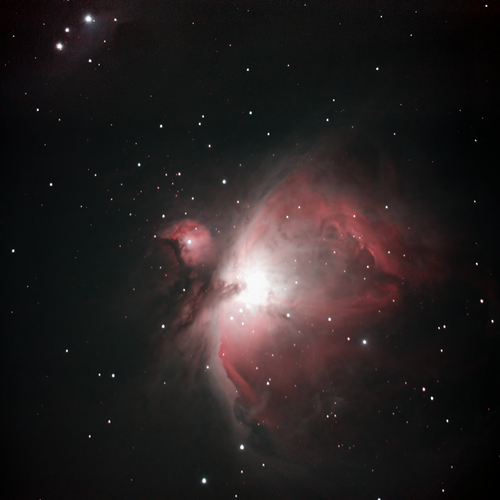
Optical Excellence
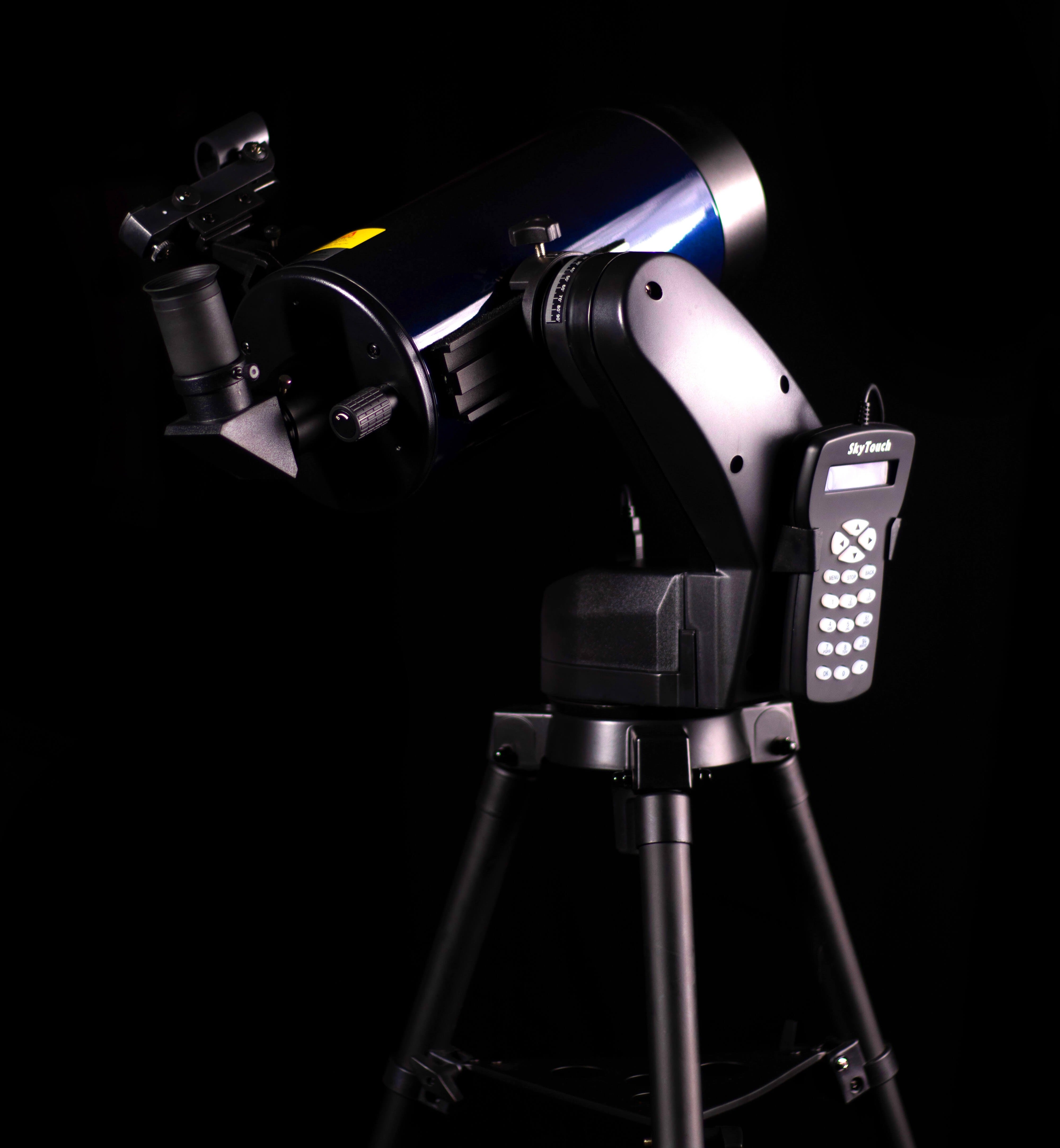
Amazing Database according to Indian Coordinates
Tech Specifications
Specs
Aperature
Focal length
Tripod
Focal ratio
Mount
Eyepieces
Finder scope
Tubematerial
Gps
Computerized mount features
Power requirements
Alignment procedures
Drive system
Tracking mode
Tracking rate
Motors
Motor resolution
Software
Database
Tracking modes
Alignment procedure
Lens cell
Mount material
Dimensions
Hand controller starchaser
Weight
Optical design
Star diagonal
Included in the Box

Goto computerised mount

Telescope Tube

Phone Adapter

Red Dot Finder Scope

Eyepieces and Barlow

Celestial Calendar

Instruction Manual & Warranty Card
Blog posts
What to Look for in a Planet-Viewing Telescope: Key Features and Specs
Astronomical events in April 2025
How to Capture Stunning Images of the Night Sky with Your Telescope








